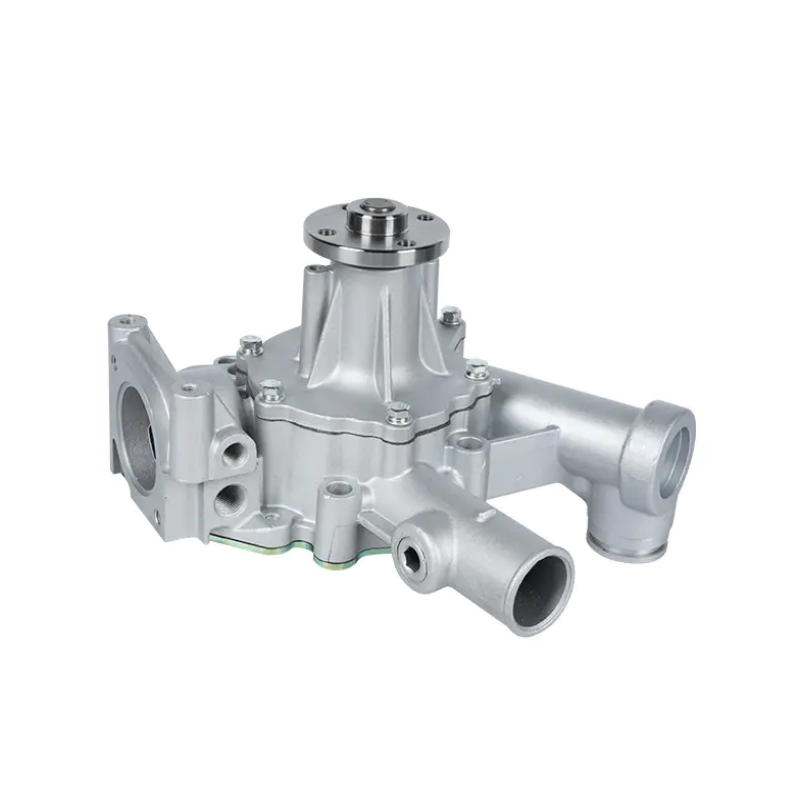The forklift hydraulic pump is a fundamental component that enables the lifting, lowering, and steering functions of material handling equipment. Without a properly functioning hydraulic pump, a forklift would be unable to perform its core tasks, making this system vital for warehouse and industrial operations. The hydraulic pump generates the necessary pressure to move fluid through the system, allowing the forklift to lift heavy loads with precision and control.
Forklift hydraulic pumps typically operate using either a gear, vane, or piston design, each offering different performance characteristics. Gear pumps are common due to their durability and cost-effectiveness, while piston pumps provide higher pressure for heavy-duty applications. Regardless of type, the hydraulic pump must maintain consistent fluid flow to ensure smooth operation. If the pump fails to generate sufficient pressure, the forklift’s lifting capacity and responsiveness will be compromised.
Several signs indicate potential issues with a forklift hydraulic pump. Unusual noises, such as whining or grinding, often suggest cavitation or air entering the system. Slow lifting or drifting forks may point to internal wear or pressure loss within the hydraulic pump. Fluid leaks around the pump housing or connections are another red flag, as they reduce system efficiency and can lead to pump failure if left unaddressed.
Preventive maintenance is crucial for extending the lifespan of a forklift hydraulic pump. Regular inspections should include checking hydraulic fluid levels and quality, as contaminated or degraded fluid accelerates wear. The system’s filters should be replaced at recommended intervals to prevent debris from damaging the hydraulic pump’s internal components. Additionally, operators should monitor for unusual vibrations or temperature increases, which may indicate excessive strain on the pump.
When servicing or replacing a forklift hydraulic pump, proper installation is critical. Ensuring correct alignment and secure connections prevents leaks and maintains optimal pressure. After installation, the hydraulic system should be bled to remove air pockets that could impair performance. Using manufacturer-approved replacement parts guarantees compatibility and reliability, reducing the risk of premature failure.
By understanding the importance of the forklift hydraulic pump and following proper maintenance practices, operators can minimize downtime and ensure efficient material handling. A well-maintained hydraulic pump contributes to smoother operations, improved safety, and longer equipment life, making it a key focus for forklift maintenance programs.
